Why is my ZZ plant turning yellow? Simple advice for this common houseplant problem
Keep your ZZ - or Zamioculcas zamiifolia - plant looking gloriously green with these pro tips
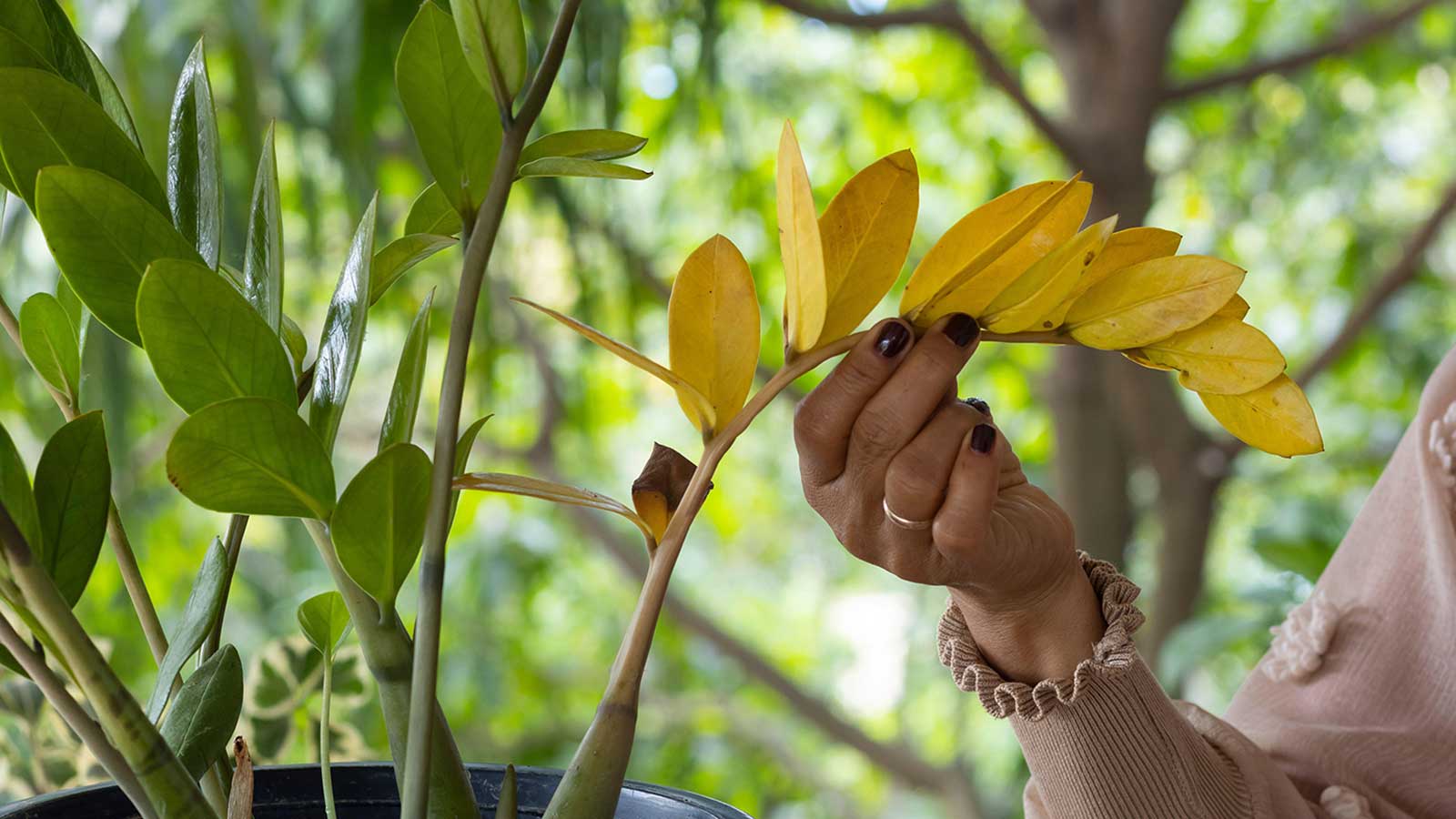

Q: A friend of mine kindly gifted me a ZZ plant which now lives in my home office. I love its green and glossy leaves, but some of these have recently turned yellow. Do you know why this could have happened?
A: Although ZZ plants, or Zamioculcas zamiifolia, are one of the most low-maintenance indoor plants, discoloration is a relatively common problem.
It’s usually a signal to check your watering regime – like snake plants, overwatering can damage them. But, a yellowing ZZ plant can be the result of other environmental issues, too, including pest problems and incorrect amounts of sunlight.
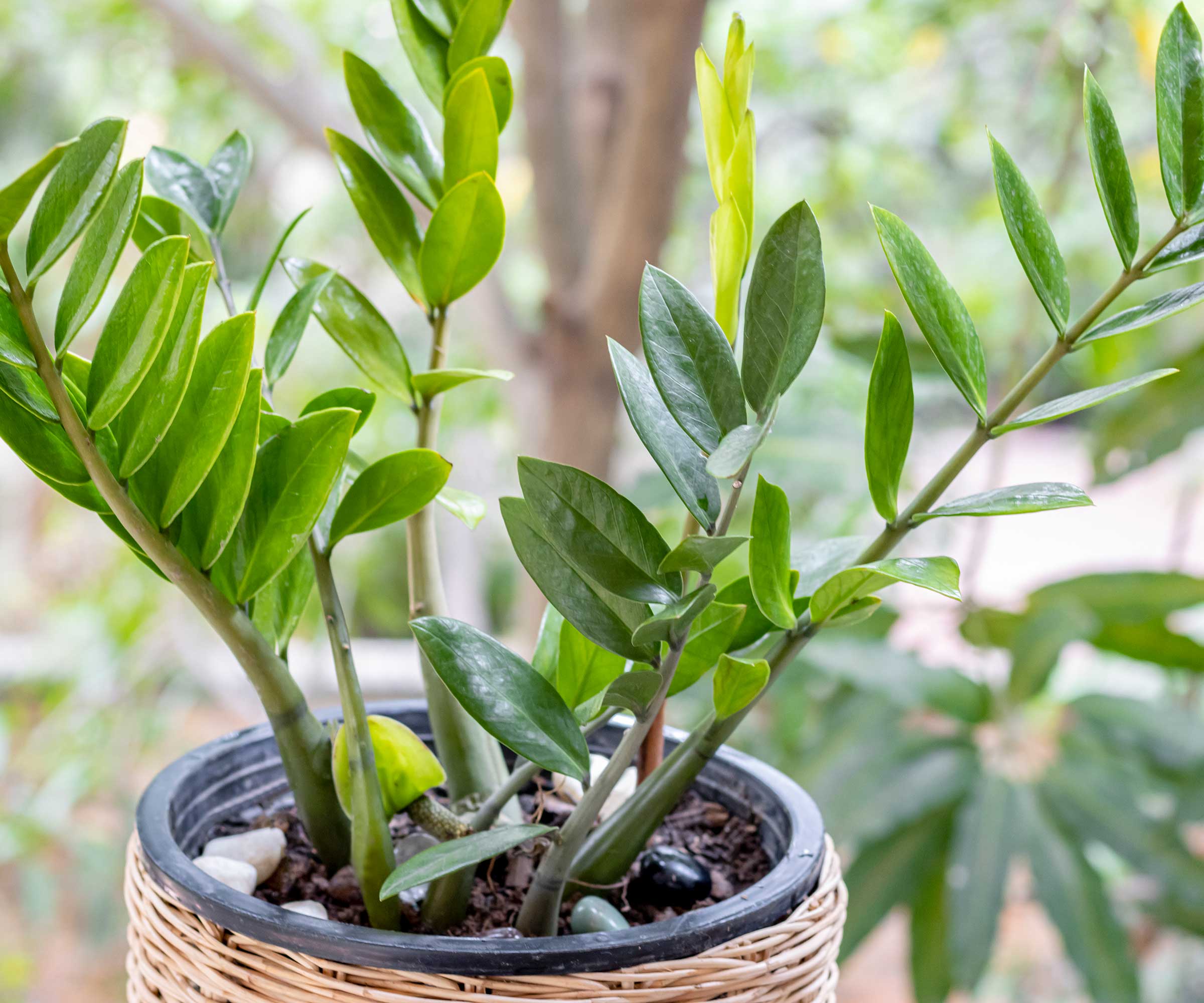
ZZ plants are well-loved for their glossy green leaves
3 potential reasons why your ZZ plant is turning yellow
Check your houseplant for these issues to help it return to full health.
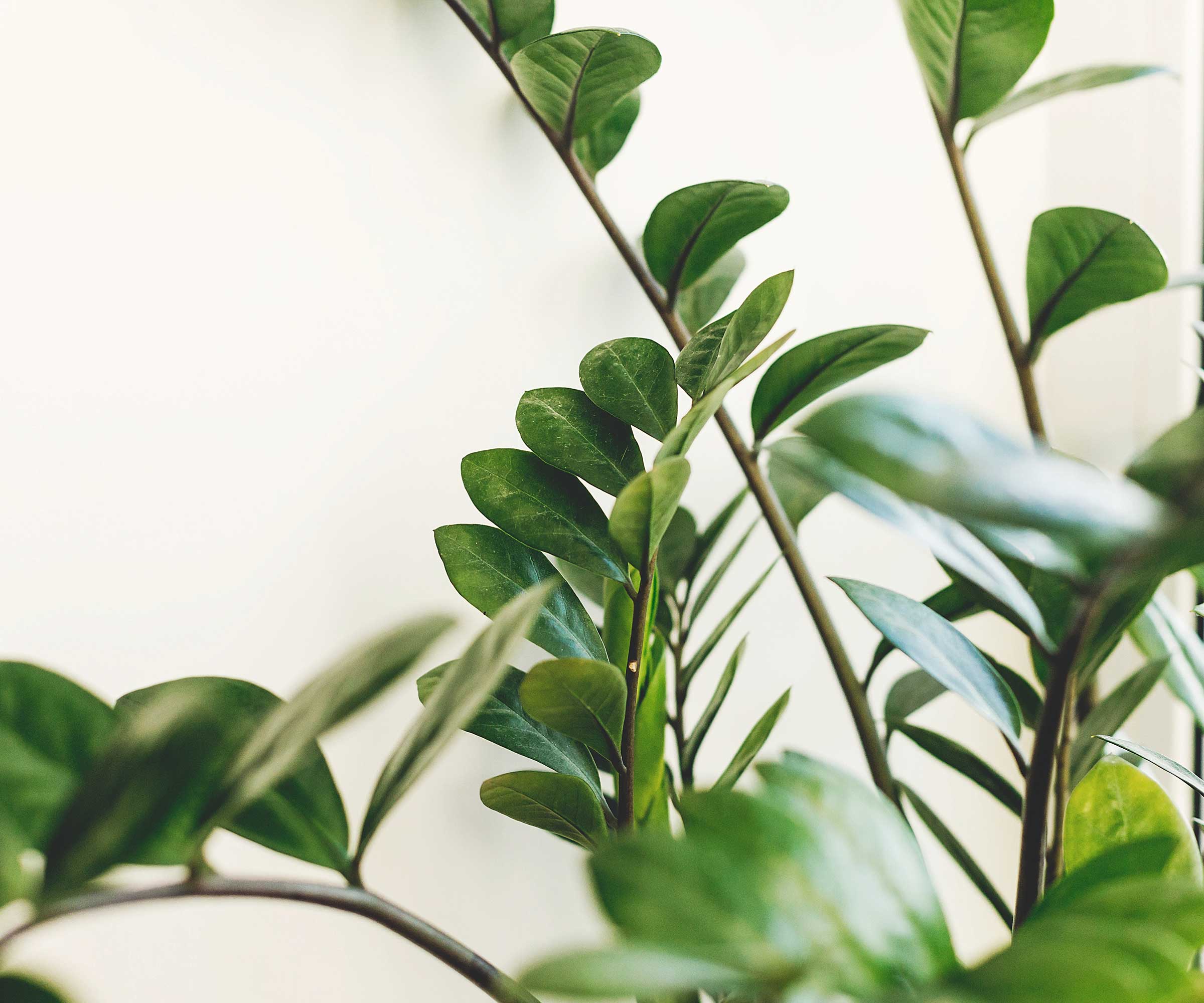
Although generally easy to look after, ZZ plants do have a few requirements
1. Overwatering your ZZ plant
Watering your houseplants correctly is perhaps the most important part of helping them thrive. Overdoing it is common, and unfortunately, it can be fatal, resulting in issues such as root rot. It can also attract fungus gnats, as I have recently learned from accidentally overwatering my aloe vera.
Overwatering is generally the cause of a yellow ZZ plant – and in severe cases, the foliage may droop and even fall off. These plants only require a drink when their soil feels dry to the touch. They need to be planted in a well-draining potting mix, in a container with drainage holes, too.
If you suspect overzealous watering is the cause of your yellowing ZZ plant, give it time to dry out. You may wish to move it somewhere sunnier to speed up the process.
If the soil is seriously saturated, consider repotting the plant into a fresh, dry mix, removing any rotted roots and parts of the plant with a pair of clean pruners as you do so. Don’t water it straight away once it’s replanted – wait a week or so first.
However, be aware that severely underwatering your plant can also pose a problem. 'Underwatered ZZ plants will have wrinkly stems, yellowing leaves, and overall droopiness,' says Vladan Nikolic, a houseplant expert. 'If your plant hasn’t been watered in a long time, and the soil is bone dry and compacted, you should thoroughly soak the soil by letting the plant sit in water for about 30 minutes.'

Vladan Nikolic, otherwise known as Mr. Houseplant, is a houseplant expert with over 10 years of experience. He is the Founder of the houseplant care blog MrHouseplant.com and also an influencer who helps newcomers in the houseplant world become great plant parents. You can find him on Instagram, TikTok, Youtube, Facebook, Twitter and Pinterest.

Too much water can damage many houseplants
2. Check for pest problems on your ZZ plant
'Pests that attack the foliage or roots of plants will also often cause leaf yellowing,' says houseplant expert Sam Rodwell of Stem & Co. 'Examples include sap-sucking pests such as aphids, spider mites, thrips, and mealybugs.'
If you look closely at the leaves (both the top and bottom sides), you may see them scurrying around, or clusters of their tiny eggs. 'Often it is hard to spot when a plant gets attacked, as the culprits are very small and are good at camouflage,' Sam says. But, once detected, the problem can be remedied.
Take action by isolating your infected ZZ from your other indoor plants to prevent the problem from spreading, and then treat them as quickly as you can. Applying neem oil or insecticidal soap (such as Bonide's ready-to-use spray, available from Amazon) are popular methods.

Sam Rodwell founded Stem & Co in 2007, which is located on the Lincolnshire coast in the UK. Sam and her team of experienced plant care specialists offer a meticulously curated collection of rare, air-purifying, and low-maintenance houseplants, as well as help and advice for plant parents. Sam is also a qualified florist and a horticultural student.
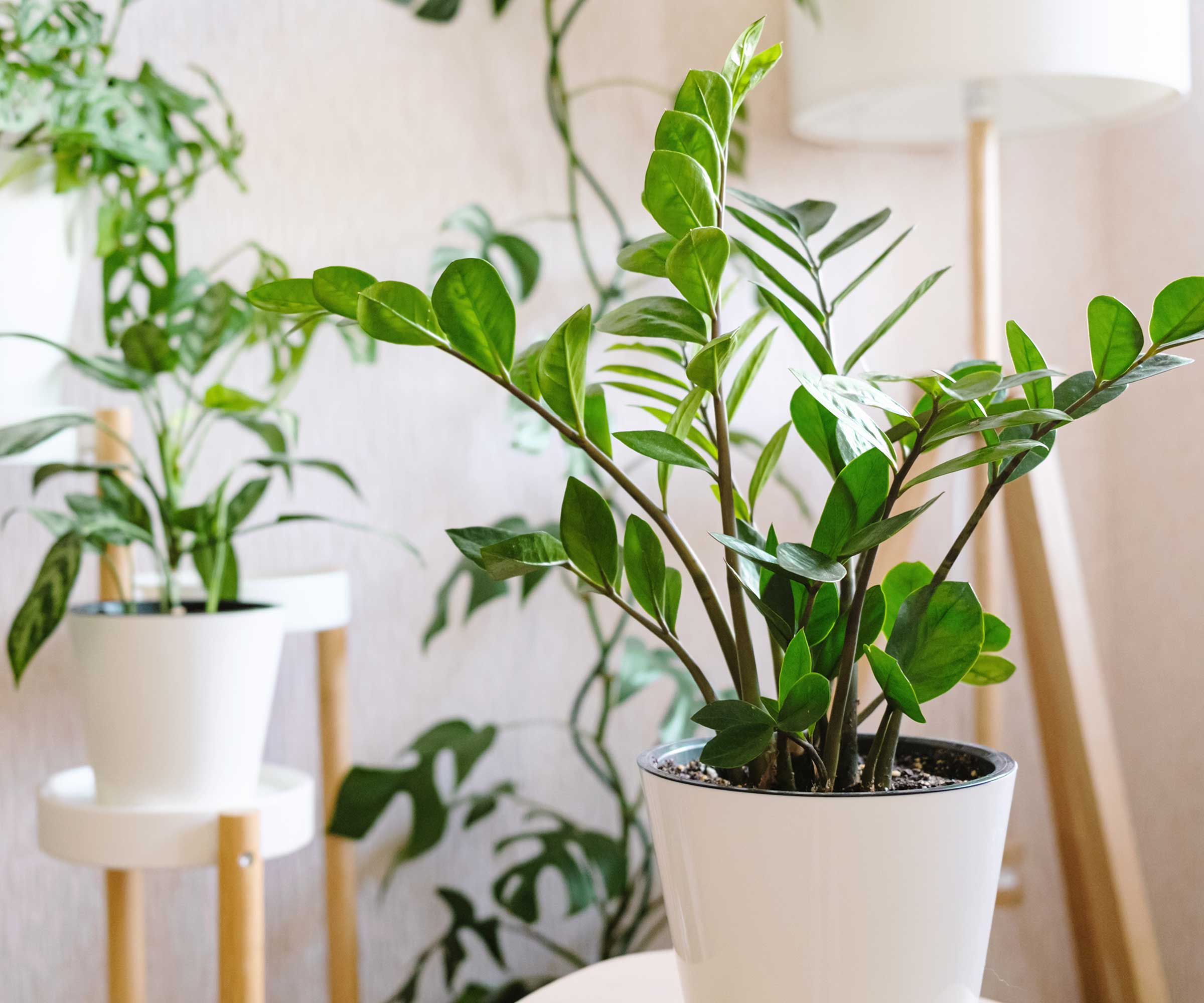
Watch out for aphids and other plant pests
3. Your ZZ plant is getting too much sun
ZZ plants are a good choice for shadier spots, but will also flourish in bright, indirect light. Placing them in hot, direct sunshine is best avoided, as this can cause the leaves to scorch and discolor.
Too much sun can cause peace lilies to turn yellow, too, as well as monsteras.
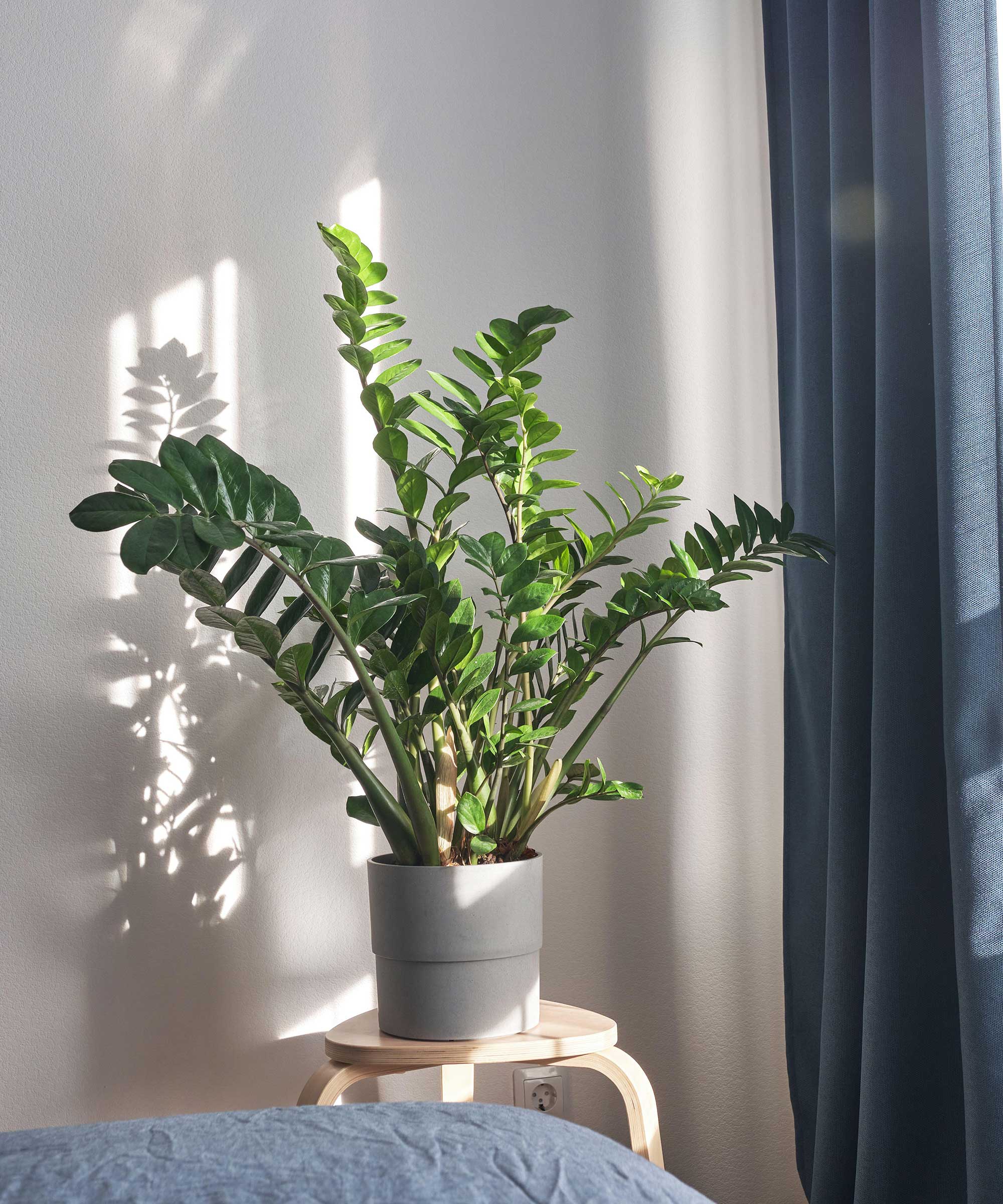
ZZ plants are well-suited to shadier areas
FAQs
Should you remove yellow ZZ leaves?
In most cases, yellow leaves won’t return to their former, green color despite tackling the cause. So, it’s best to remove affected foliage with a pair of clean and sharp pruners or scissors. This will improve the overall look of your plant and help it to focus its energy on healthier growth.
Be aware that these plants can irritate the skin, so wear gloves when handling them.
Should you fertilize a ZZ plant?
If you repot your ZZ plants annually, fertilization isn't necessary. This is because they'll get all the essential nutrients from the soil, says houseplant expert Vladan Nikolic.
However, if you do decide to fertilize your ZZ, do so when the plant is actively growing, so it can take up all the nutrients, Vladan says. 'Otherwise, the minerals and salts will accumulate in the soil, which can lead to root burn and the plant turning yellow.' Use a balanced succulent fertilizer and always follow the instructions on the label carefully, he adds.
As well as yellow foliage, there are a few other plant problems that are worth looking out for to ensure your indoor botanical display always looks beautiful. Whether you’re tackling a drooping peace lily, a wilting pothos, or a rubber plant dropping its leaves, taking action sooner rather than later can help you save them before they pass the point of no return.
Sign up to the Homes & Gardens newsletter
Design expertise in your inbox – from inspiring decorating ideas and beautiful celebrity homes to practical gardening advice and shopping round-ups.

Holly started writing about gardening five years ago, and she is a regular contributor to Homes & Gardens. She has also written many gardening features for Woman & Home and Real Homes, too. She has previous experience as a professional gardener, where she helped to plant and maintain private gardens. Holly has also looked after allotment plots over the years and loves to grow her own flowers and veggies from seed. In her spare time, she enjoys visiting local gardens, botanical drawing, and tending to her ever-growing collection of houseplants.
-
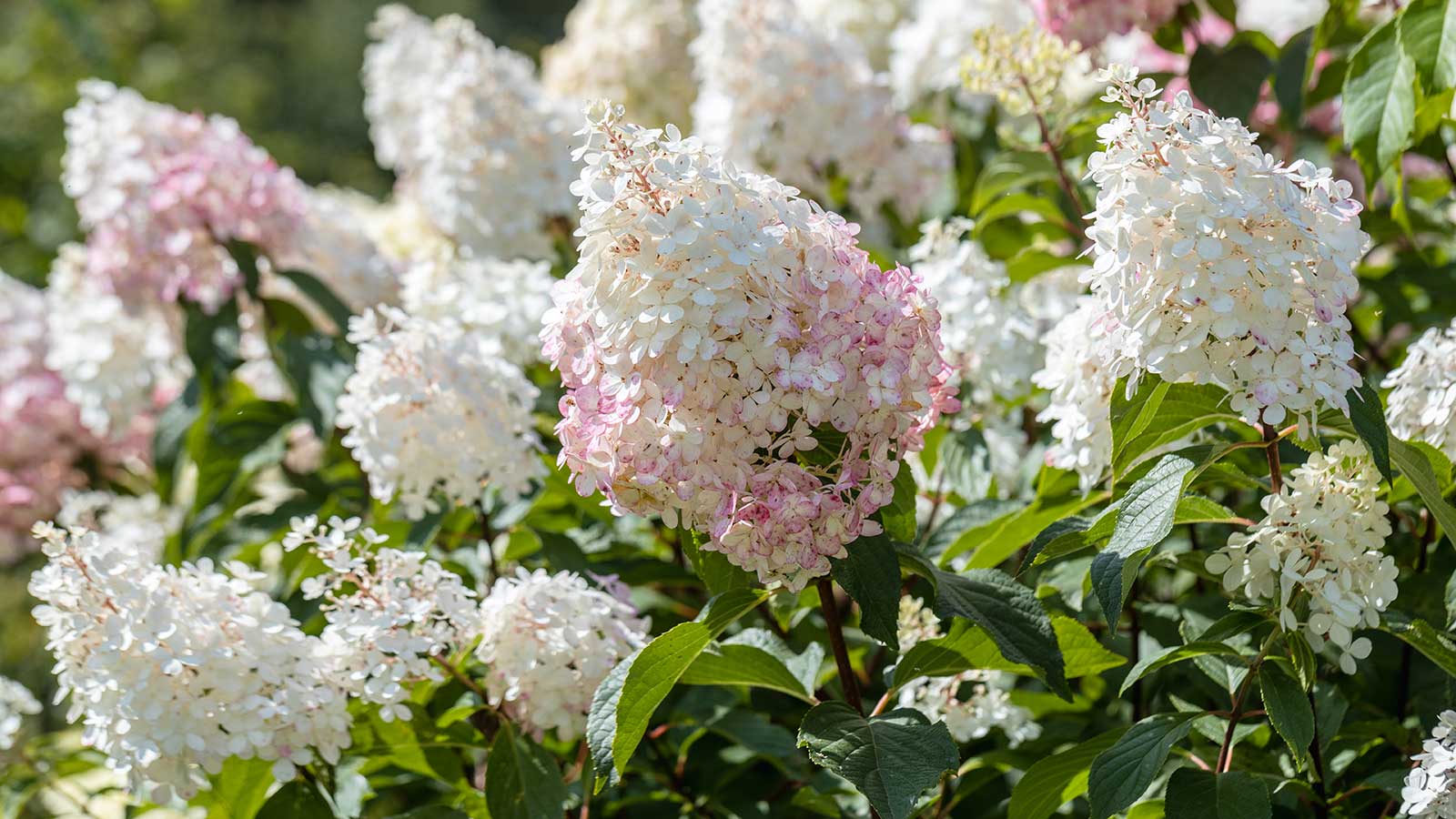 5 hydrangea myths debunked by experts – and what you need to know instead for beautiful blooms
5 hydrangea myths debunked by experts – and what you need to know instead for beautiful bloomsFrom ways to change their color to when to prune, there are certain misconceptions to steer clear of when growing these flowering shrubs
By Holly Crossley Published
-
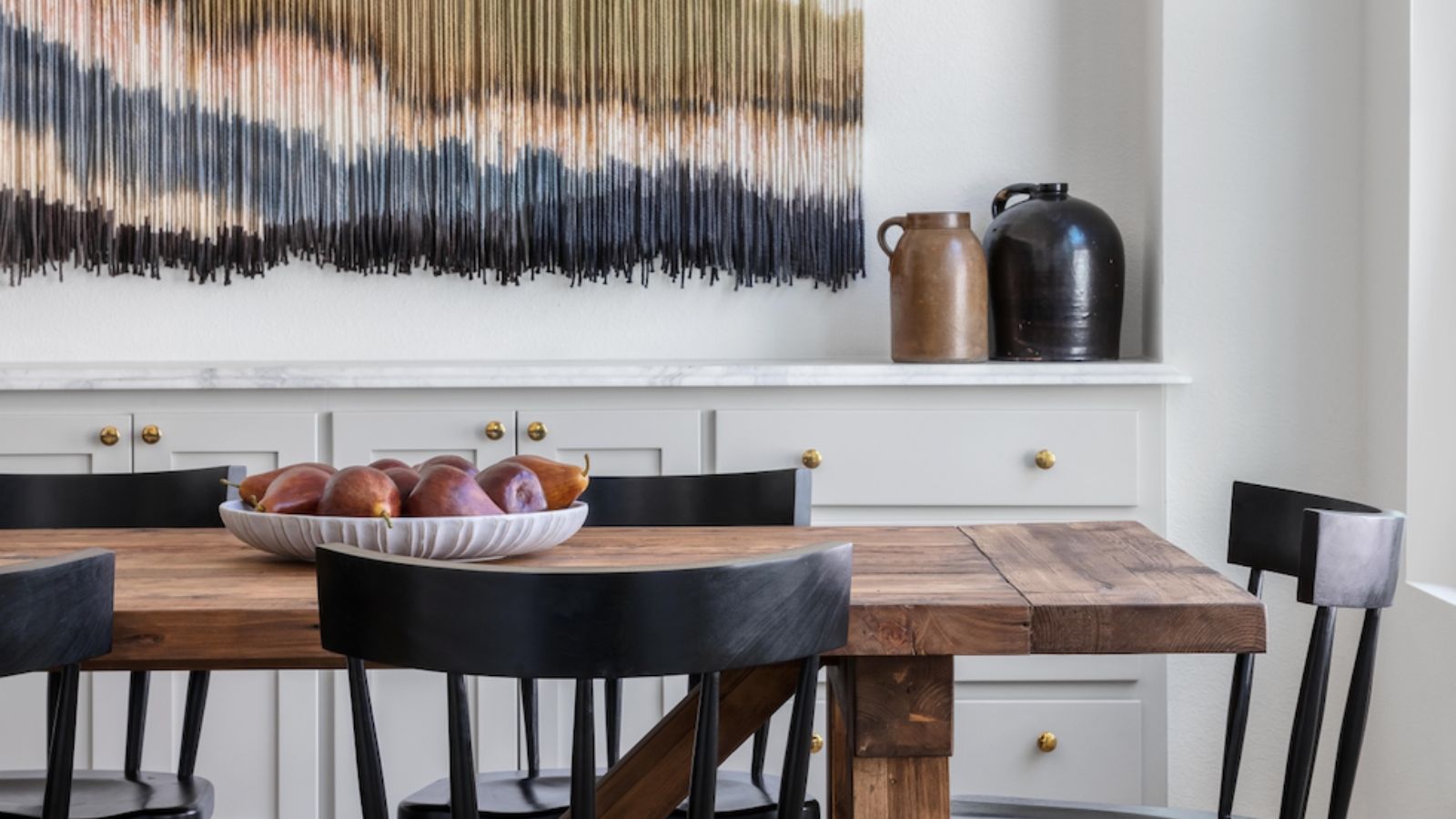 How the 'ODT' method can help you to tackle your overwhelming decluttering checklist – and streamline the process from start to finish
How the 'ODT' method can help you to tackle your overwhelming decluttering checklist – and streamline the process from start to finishAvoid 'analysis paralysis' and tick off tasks quickly and easily by making just one decision at a time
By Ottilie Blackhall Published